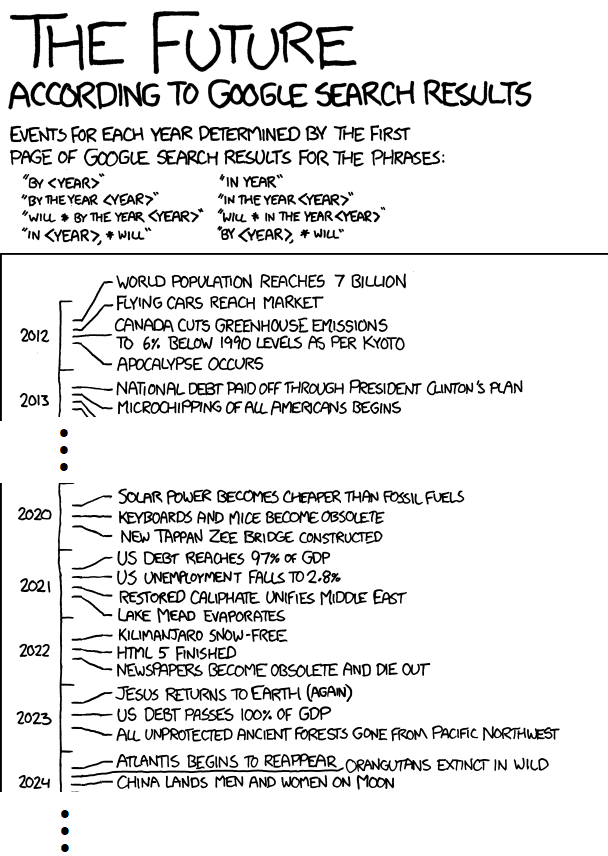SVG Animation (based on SMIL) and CSS Animation offer some similar features for animating Web content. Harmonising these two technologies has been considered on a number of occasions but a path forward has yet to be established. In response to a feature-by-feature comparison of the two technologies the question was raised, “What are the animation features required, prioritised by use case?” (Meeting minutes which lead to Action-48) although a closely related question was, “What would it take to make CSS Animations achieve feature parity with SVG Animations?”
From face-to-face meeting on Web Animations, as discussed here. There is now a CSS-SVG Effects Task Force activity on this.
It has taken time, but by now CSS and SVG are on the same team, which is kind of a precursor to make the specifications well-integrated as well.


